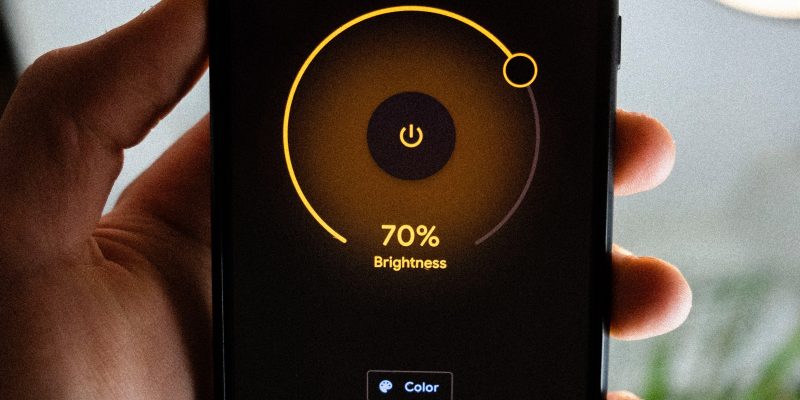In the past 5 years, there has been a swift increase in the use of smart technology around our homes. By way of internet-connected devices, we can now manage household appliances, lighting and heating. The name “smart home” has been coined to describe homes that run on this basis.
What exactly is a smart home?
The official definition of a “smart home” is:
“a dwelling equipped with systems and appliances that can be operated remotely using a computer or mobile phone”.
In the last century, it was common for home appliances to require manual input from the user. The development of embedded systems transformed this. So, what exactly is an embedded system and how is it used in domestic appliances?
An embedded system is a type of technology that works a little bit like a mini-computer but contributes to a wider system. One example is the keypad on your microwave, which is programmed to execute the commands you input through the buttons and feed it back to the electrical system that heats your food.
Smart technology makes use of a specific type of embedded system: a “networked embedded system”. This is an embedded system that connects to a central hub that controls electronic devices with LAN, WAN or the internet.
Smart technology development began in earnest in the early 2000s. Small gadgets such as smart phones and iPods hit the market, and home broadband became widely available. Later, smart meters started to replace the standard meters used in homes.
Today, more and more smart devices are available for homes. Here are some of the ones that stand out:
- Voice recognition
One of the main developments in smart technology over recent years has been voice recognition technology. So popular have these devices become that 39% of adults in the UK now own one.
Popular uses for voice recognition assistants include playing music, checking the weather forecast and setting alarms and reminders.
The most popular voice recognition assistant, Alexa, can connect to other smart devices. Smart-home-compatible gadgets such as smart lightbulbs, security cameras and locks are among the many Alexa-compatible devices now available.
2. Security systems
This brings us around to smart home security systems, of which there’s now a wide selection.
A smart security system connects to an app on your phone, so that you can keep tabs on your home’s security when you’re away. They will often come with an alarm system that is triggered if a sensor is breached. Some smart security systems also connect to an external company, which will respond instantly if there is an intruder on your property.
3. Smart thermostats and heating systems
And to keep the inside of the house at the right temperature in a more efficient way than you might be used to, smart heating systems are also here.
With a smart heating system, you can use an app to enjoy full control. Most smart thermostats can connect to a voice assistant as well as an app.
If your household is in and out of the house at sporadic times, smart thermostats can come in handy. Some smart thermostats also give you multi-room control, so you can control the heating of individual rooms from your phone. They can gather data and then present you with data on your heating patterns.
We’ve touched on a few of the highlights here, but with smart technology, the options for the future really are endless. What do you think; are smart homes the future?




















